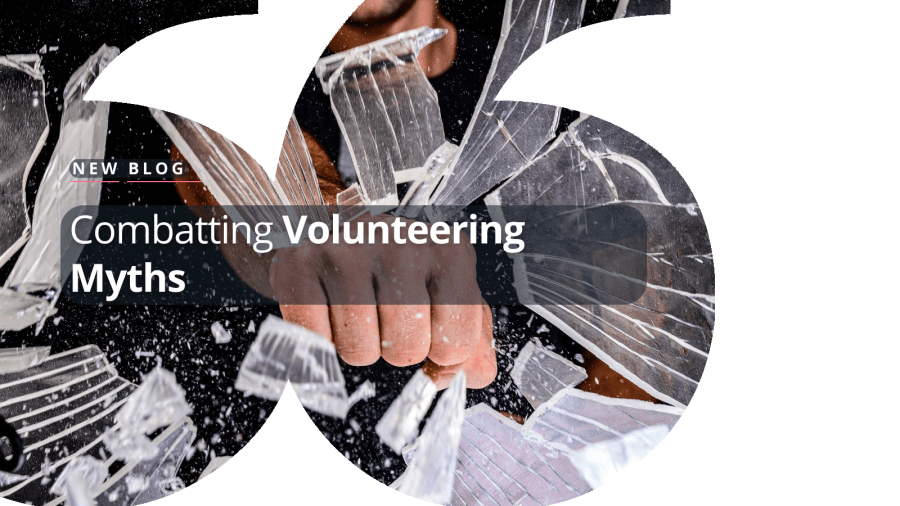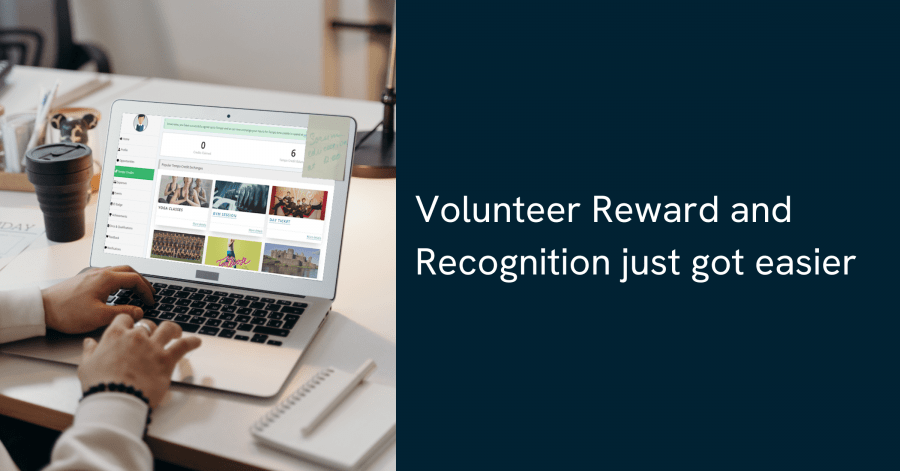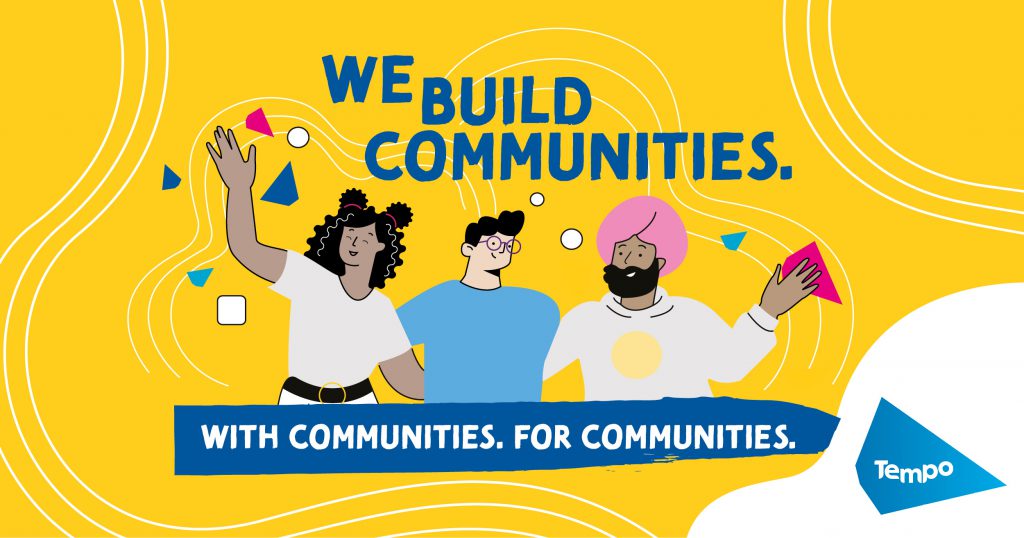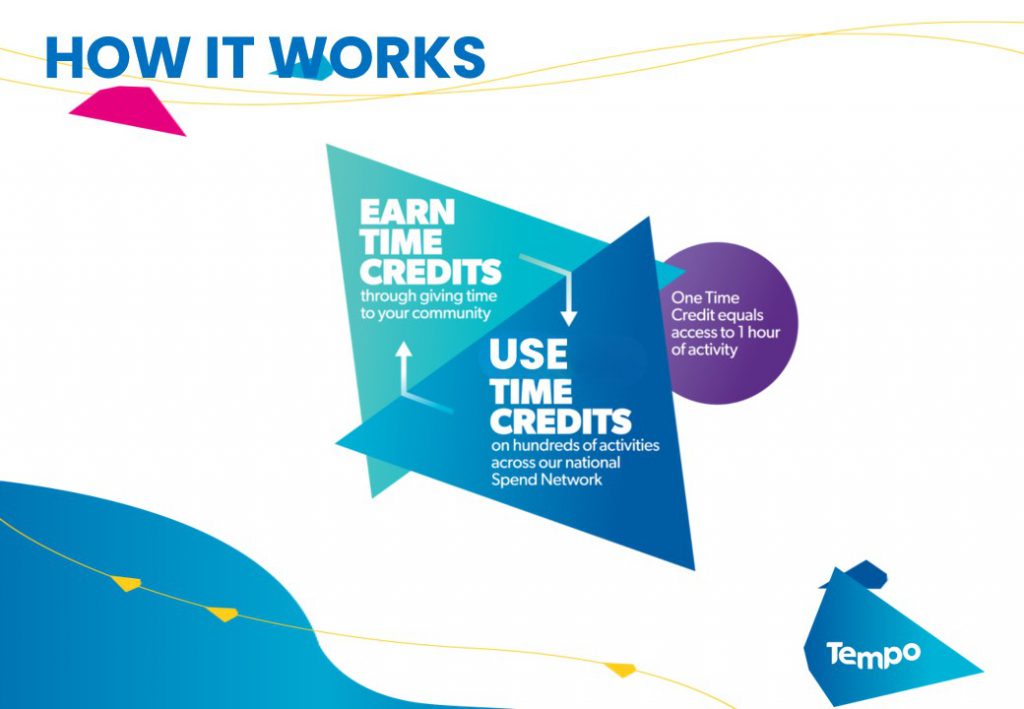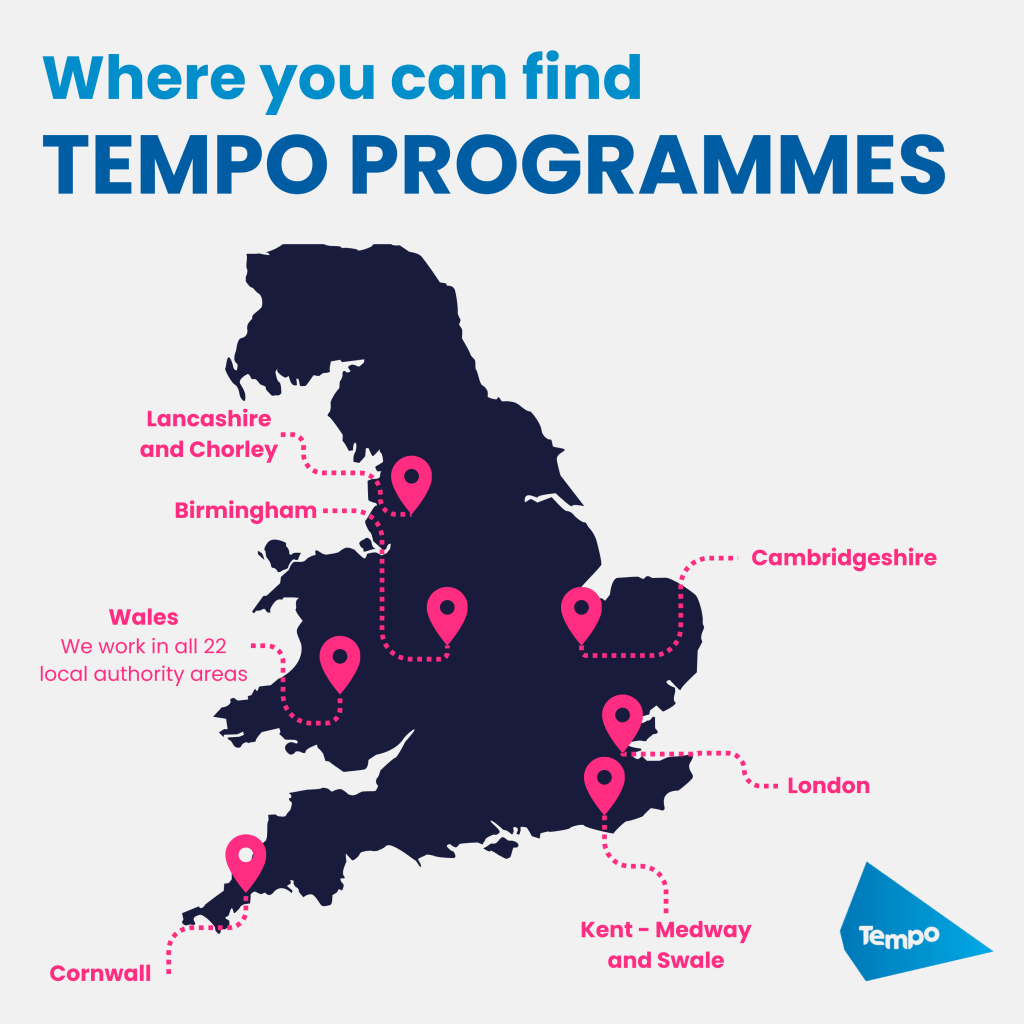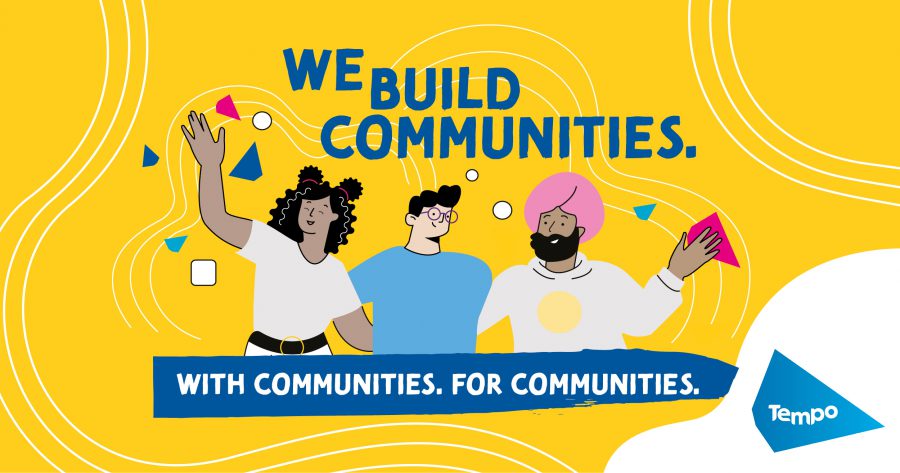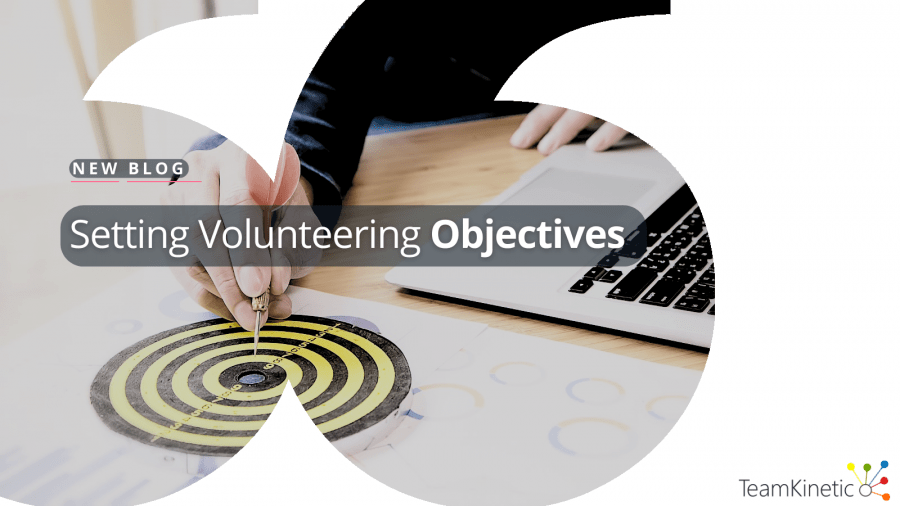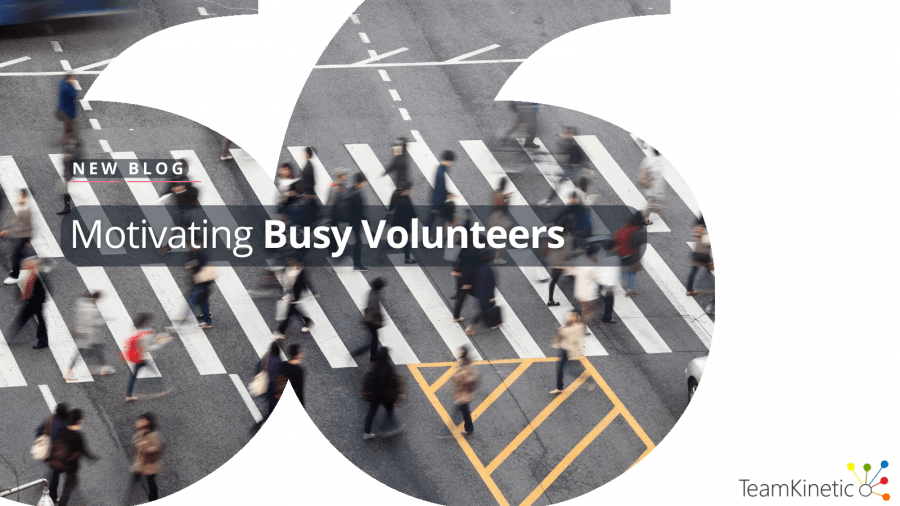All of us in the third sector are aware of some common stereotypes about volunteering. However, are you actively combatting these myths with the volunteering opportunities you create and the messages you portray? Read on to address and combat volunteering myths!
Myth 1: Volunteering Is Only About Charity Work
While charity work is a significant aspect of volunteering, it’s not the only focus. Volunteering encompasses a wide range of activities, including community development, environmental conservation, disaster response, and more. There are countless ways to make a positive impact that goes beyond traditional charity work. Including a volunteering page on your website, as we advise here, is a great way to make people aware of volunteering with your organisation.
Myth 2: Volunteering is Only for the Retired or Unemployed
The reality is that volunteering is for everyone, regardless of age or employment status. While retirees and the unemployed may find more time to dedicate, individuals with busy schedules can still contribute. Setting your opportunity to ‘flexible’ hours, allowing people to engage based on their availability, will help combat this stereotype. There has also been an increase in virtual volunteering carried out by younger generations in recent years. Consider adopting digital volunteering, as we explore in our blog here.
Myth 3: Volunteering Requires Skill
As this Girl Can Reports have found, many women are prevented from taking part in sports due to their belief that they lack technical knowledge. This too applies to volunteering! When writing your opportunity descriptions try to put yourself in the volunteer’s shoes. Quash those hesitations! This way, before volunteering, people will already have a perception of your organisation as accepting and grateful for volunteer time. Volunteering as a way to boost self-confidence or meet new people does not require any hard skills. Whether an opportunity involves hard skills or not, the foundational requirements are the same; a desire to make a difference.

Myth 4: Safeguarding Training is Mandatory
Of course, ensuring that your organisation is a safe space for everyone is a priority. Encouraging all volunteers to access safeguarding resources and insisting on reporting suspicious behaviour are a must.
It is important to note that there are various safeguarding training levels, depending on the nature of the volunteering role. For example, in a sports organisation, for those volunteering as a coach, safeguarding training would be mandatory. However, if a role involved minimal contact with sensitive data or other people, there would be lower safeguarding requirements.
When creating opportunities in your TemKinetic system, be sure to state the level of safeguarding training. For those looking for a less time-consuming commitment, an opportunity with minimal prerequisite training is desirable. Equally, streamlining your training will save time and resources.
Myth 5: All Volunteers must have a DBS
Similarly to safeguarding training, DBS checks are only applicable in certain situations. When necessary, DBS checks can be logged within TeamKinetic. Once again, make these requirements clear so that volunteers are not under the impression that more is required of them! With our upcoming First Advantage Integration, DBS checking is about to get super simple!
Go and Make a Difference!
As a dedicated volunteer manager, your role is crucial in mobilising individuals to make a positive impact on the community. However, common myths and misconceptions surrounding volunteering can sometimes hinder the recruitment and engagement of volunteers. By addressing these misconceptions from your unique perspective, you can attract a diverse pool of volunteers and foster a dynamic and inclusive volunteer community.
You can find TeamKinetic on social media and listen to our podcast:

